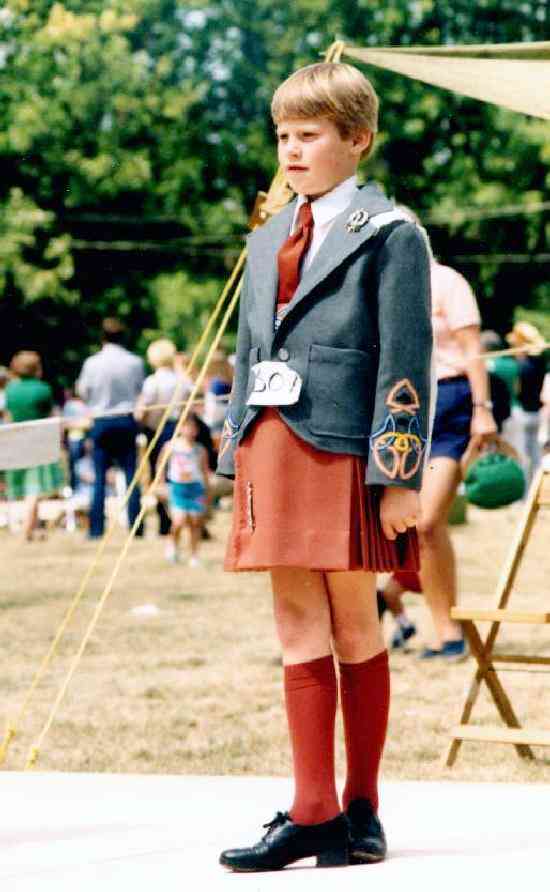
Figure 1.--Dancers compete in didderent age groups and at different skill levels. The competitions are separate for the boys and girls. Their are also pairs competitions which include mixed teams of boys and girls.

Dancers in different countries have different names for the various levels of dancing. They are, however, basically the same despite the different names. There are opportunities for dancers of different ages and ability levels to compete. The beginning dancer moves from Novice, to Primary, to Intermediate to Open. To progress from one grade to another, the dancer must fulfill certain specified requirements, such as taking first second or third place at the Feis in Novice, or first in Primary or Intermediate.
There are opportunities for dancers of different ages and ability levels to compete. A dancer tells us, "The levels in Irish Dance go: Tir Na Nog ("Land of the little people", for dancers 4/5 or younger); Advanced Beginner (children
dancing less that 6 months); Beginner; Novice; Privewinner (also known as "Open", mostly in European countries and Canada); Preliminary Championship; and Open Championship (There will be a new level added in between Preliminary and Open, called "Intermediate Championship")." [Cipollo] Each dancer at the Feis, as well as the individual dances, can opt to dance in the Trophy competition (at Novice, Primary or Intermediate level) or the Championship competition (at Open level.) For the Trophy, the dancer can choose his best dance, and there is usually a trophy for Lights and Heavies. Both the winners for Light and Heavy win a trophy, and the runners-up get medals. The Championship is similar for the open dancers. At larger competitions, there is often not enough time to perform solo and Trophy/Championship dances, so the adjudicators will select dancers for a recall, and only these dancers are entered.
The beginning dancer moves from Novice, to Primary, to Intermediate to Open. To progress from one grade to another, the dancer must fulfill certain specified requirements, such as taking first second or third place at the Feis in Novice, or first in Primary or Intermediate. A dance explains, "To move up, one must win a 1st, 2nd, or 3rd place in Advanced Beginner, Beginner, and Novice. Once a dancer reaches Prizewinner, they must win a 1st place in one a softshoe dance (reel or slip jig, since dancers stop competing in light jig after Novice) and one in a hardshoe dance (treble jig or hornpipe- both are the required dances for the Oireachtas, National, and Worlds competitions)." [Cipollo] The dancer can move up the rankings, but if you go from Intermediate to Open, and find the standard is too high, you can move back down to Intermediate after the following January 1, but not before. It may sound quite easy to progress, but with so many dancers in each category, the dancer may have to be patient and practice hard. It usually is much easier for the boys as there are far fewer boys competing than there are girls.
Cipollo, Kaelyn. E-mail message, August 13, 2004.
Navigate the Historic Boys' Clothing Web Site:
[Introduction]
[Activities]
[Biographies]
[Chronology]
[Cloth and textiles]
[Clothing styles]
[Countries]
[Topics]
[Bibliographies]
[Contributions]
[FAQs]
[Glossaries]
[Satellite sites]
[Tools]
[Boys' Clothing Home]
Navigate the Historic Boys' Clothing Web chronological pages:
[The 1880s]
[The 1890s]
[The 1900s]
[The 1910s]
[The 1920s]
[The 1930s]
[The 1940s]
[The 1950s]
[The 1960s]
[The 1970s]
[The 1980s]
[The 1990s]
Navigate the Historic Boys' Clothing Web dance pages:
[Main Irish dance page]
[Main dance page]
[Ballet]
[Highland]
[Ballroom]
[Native American]
[Tap]
Navigate the Boys' Historical Clothing kilt pages:
[Main kilt page]
[Kilt suits]
[Scottish kilts]
[Scottish boys clothing]
[Scottish school uniform]
[Highland dance]
[Irish kilts]
[Irish boys clothing]
[Irish step dancing]
[Greek kilts]
